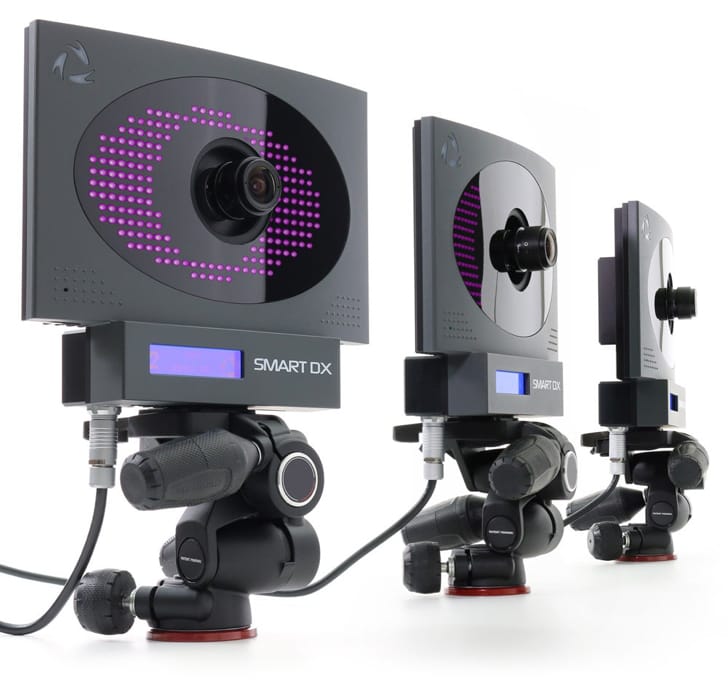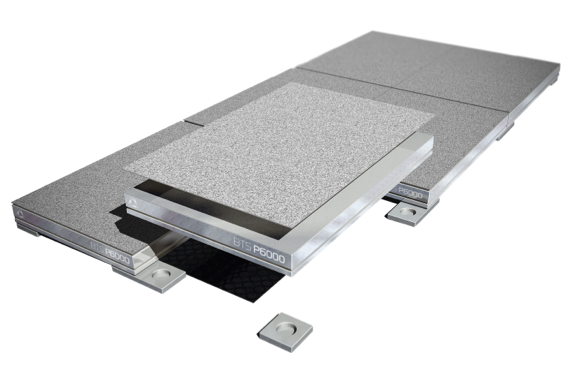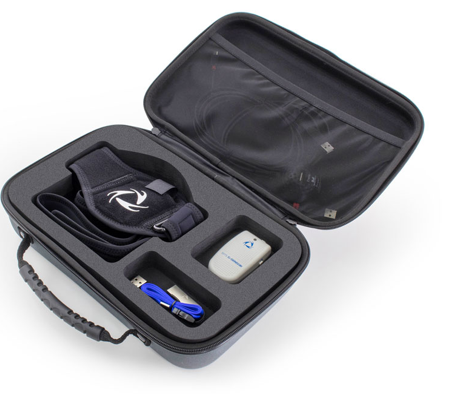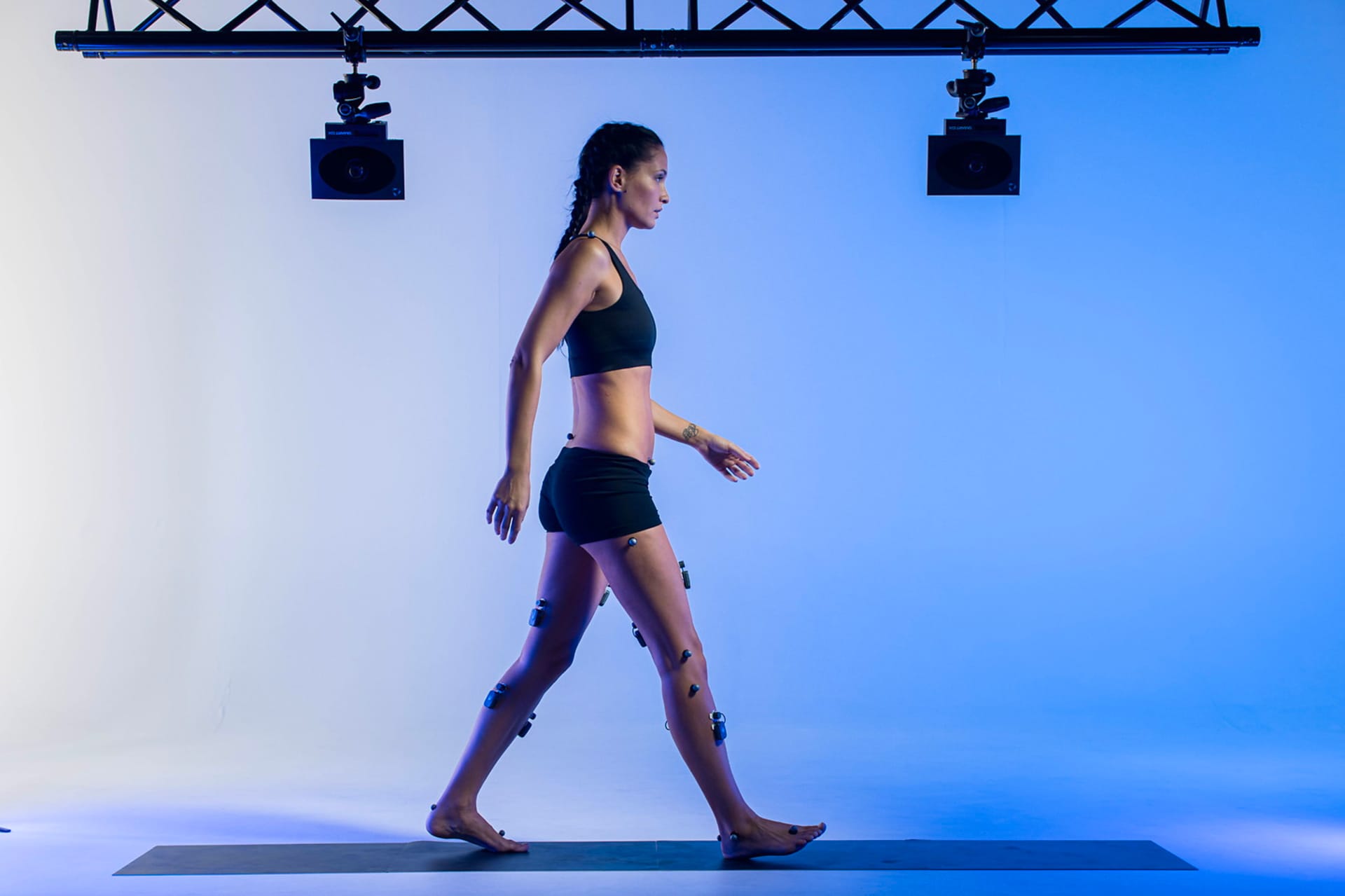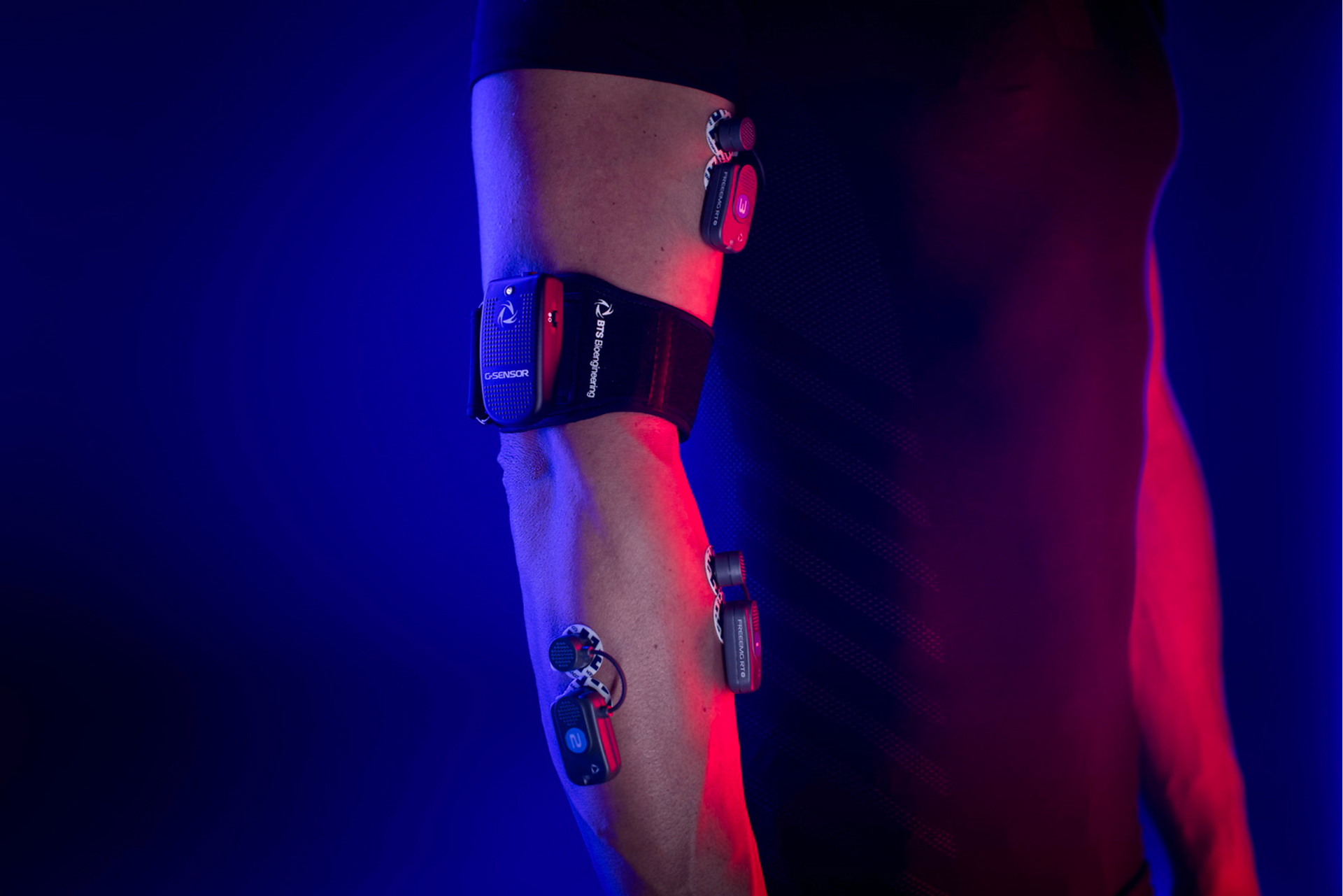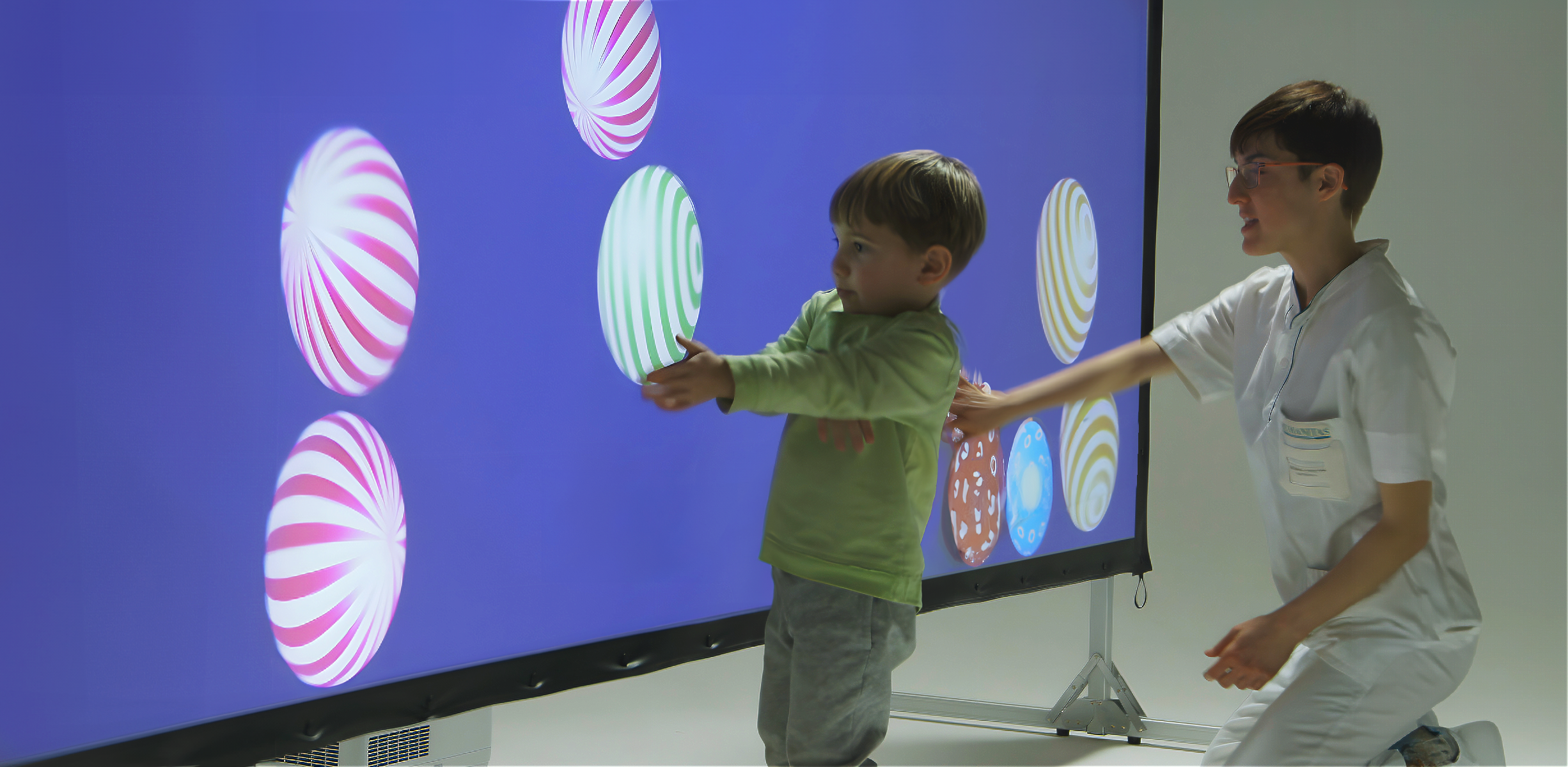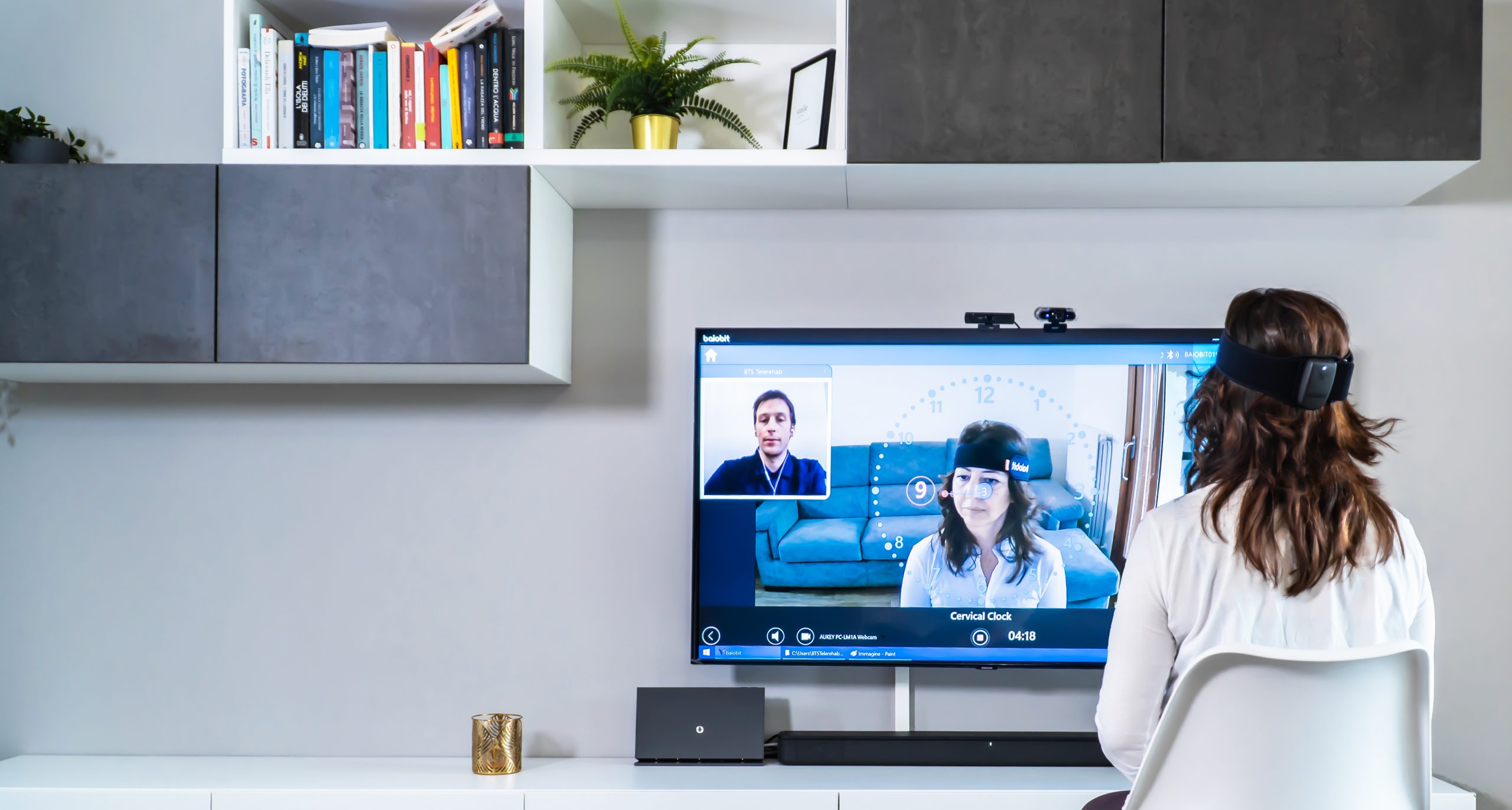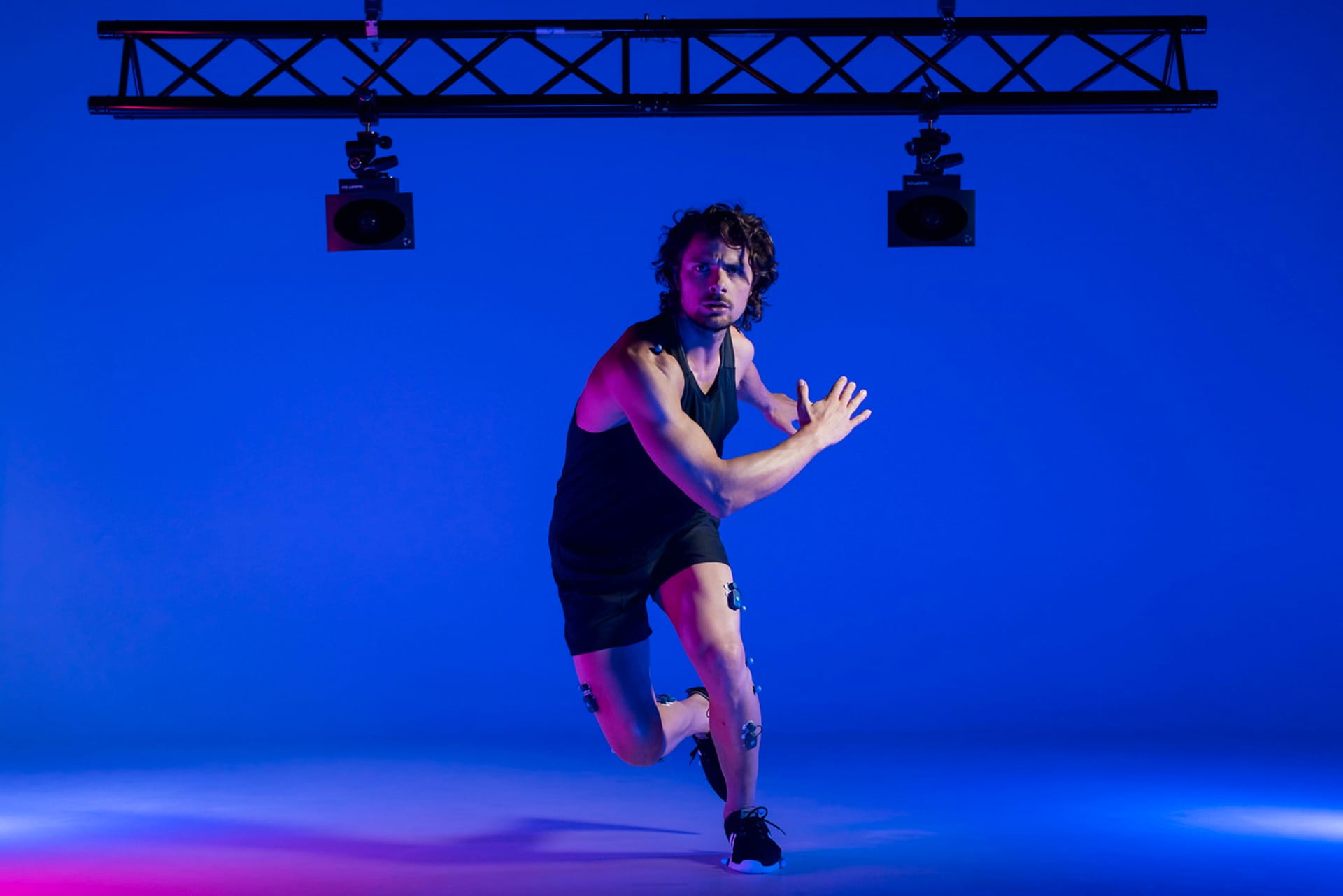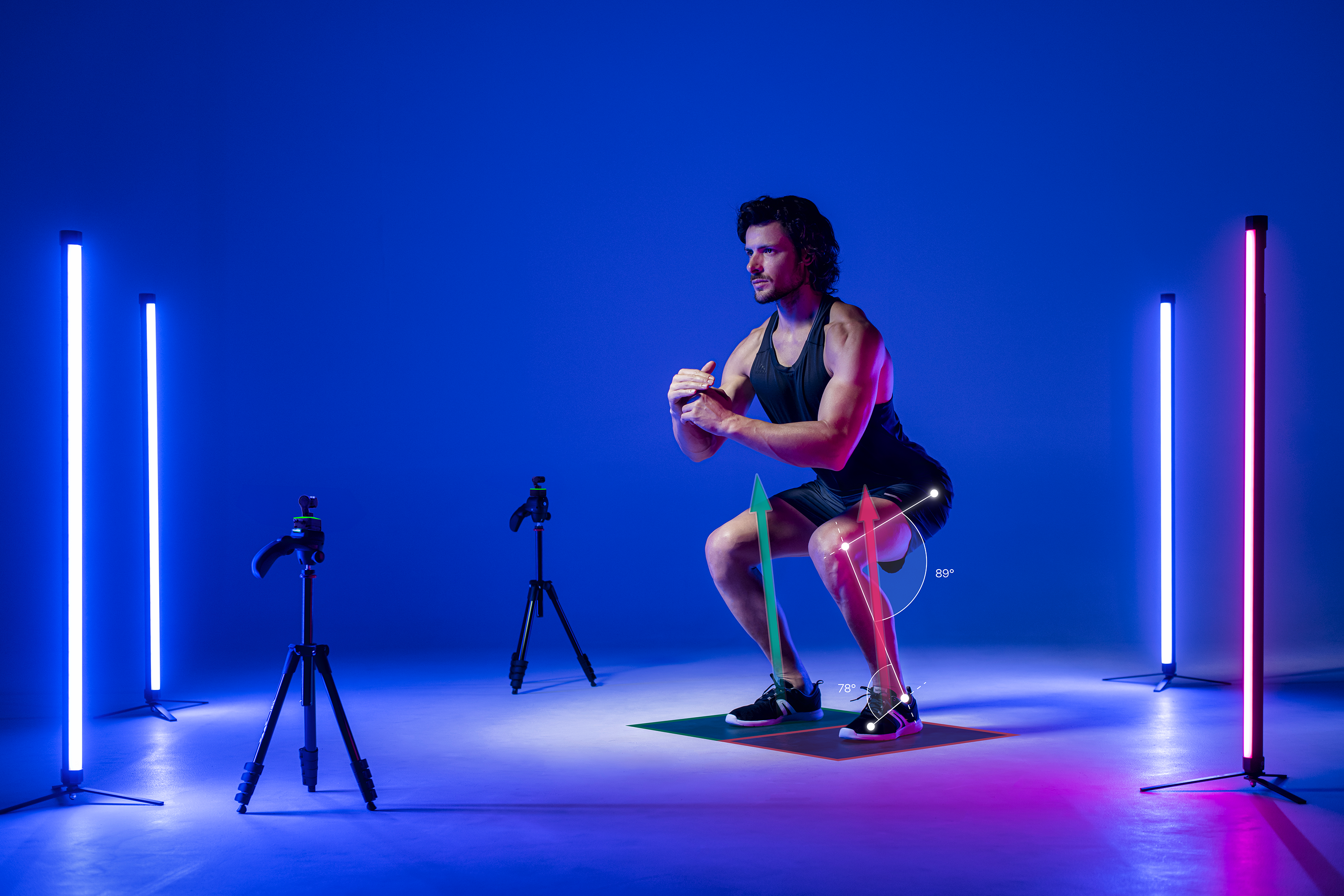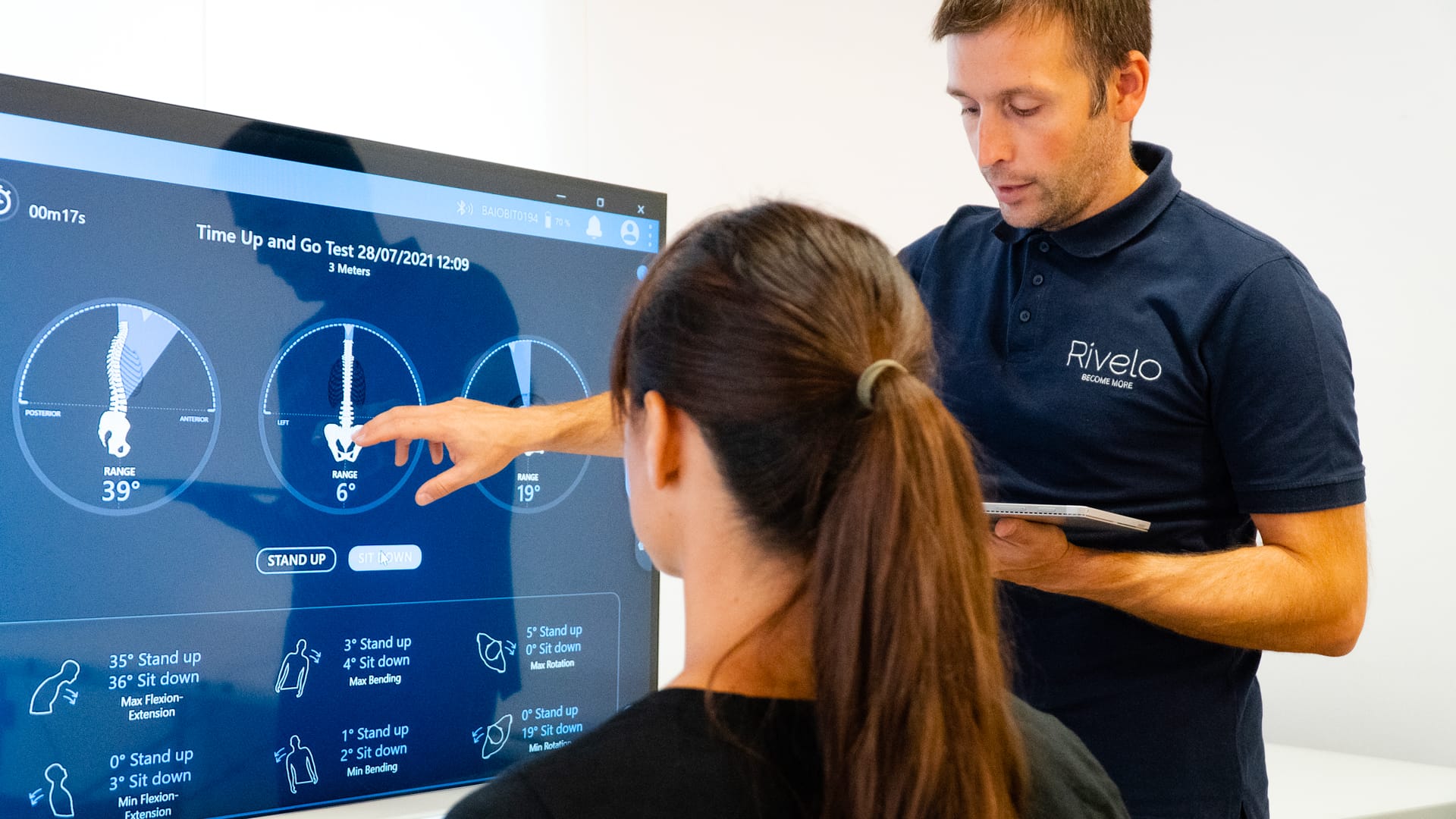Musculoskeletal disorders in the civilian and military corps: how to prevent them?

Author: Eng. Martina Palmieri | Editorial Curator: Cristina Gallelli
How can our job affect our well-being?
The global workforce consists of more than 3 billion people [1] who spend about a third of their lives working. Consequently, a work environment can influence the physical, mental, and economic well-being. For this reason, several organizations across the world are constantly striving to ensure worker’s health [2]. For example, the International Labour Organization (ILO), a specialized agency of the United Nations, go all out daily to provide guidelines aimed at safeguarding mental and physical well-being in the workplace. In fact, estimates provided by ILO report more than 374 million non-fatal work-related injuries, which – together with workplace deaths – account for 3.94% of the world’s annual Gross Domestic Product [3].
Among the many causes of occupational accidents, musculoskeletal disorders afflict more than 4 million people in the European Union alone [4]. A survey conducted and published by the European Foundation showed that 24.7% of workers suffer frequently from back pain and 22.8% from widespread muscle pain [4].
Military and civilian officers are among workers at risk
Tasks performed by police, military soldiers and firefighters are mainly composed of potentially dangerous motor gestures. Not only that, but the equipment their tasks require also has a non-negligible impact on their health.
Let’s look at an example. In Denmark, after the 2015 Copenhagen terrorist’s attacks at the Krudttøden Café and the Great Synagogue, the use of ballistic vests became mandatory for all Danish military and civilian forces. The weight of these protective tools ranges between 3.5 and 8.5 kg, depending on the unit to which the officer is assigned [5]. The imposition of such a load on the body significantly increases the likelihood of the onset of a musculoskeletal disorder.
In addition to the concept of overload, the muscular strategy with which a given movement is performed is just as crucial. An imbalance in the activity of the agonist muscles paired with the non-necessary contraction of the antagonist muscles are two aspects strongly correlated to the development of muscular dysfunctions. Also, it is better not to underestimate factors like:
• High repeatability of the gestures
• Duration of the effort
• Absence of appropriate recovery periods
Prevention means understanding muscular activity
The first step in preventing work-related injuries is to have access to a “motor capture” of muscle use, and the only non-invasive tool capable of providing this information is surface electromyography. It was through muscle analysis that Lane and colleagues, in their work, were able to identify the muscle groups most stressed in firefighters [6]. To do this, they analyzed the muscular efforts participants undergo in the Fire-Fighter Candidate Physical Ability Test (CPAT), which is the assessment used overseas to identify which candidates possess the physical qualities necessary to become a firefighter. Some of these tasks are:
• Carrying equipment
• Lifting a retractable ladder and extending it
• Climbing
• Forced entry
Electromyographic data have shown that the most stressed muscles are oblique abdominals and the dorsal multifidus, while glutes are activated in a very limited manner. Consequently, it is possible that the gluteal muscles are not able to balance the forces in play, inducing the compensatory recruitment of the abdominal and lumbar fibers. Their continuous stress, moreover, increases the possibility of developing musculoskeletal disorders. Once the most sensitive muscles have been identified, surface electromyography is also being used in the development of cutting-edge devices to support military forces: exoskeletons. Although they have not yet reached a global diffusion, these instruments are used to support soldiers and officers in the execution of tasks that induce strong muscular fatigue, thus decreasing the potentially harmful stresses. Surface electromyography, in this case, is used as an input to communicate the state of muscle activity to the “smart elements” of an exoskeleton and thus assist muscles during movements.
Conclusion
Therefore, to ensure the protection of a worker in carrying out his profession, having a quantitative analysis tool such as surface electromyography allows to identify first – and then support – the muscle structures most exposed to the risk of injury.
References
[1] Electromyographic activity in deadlift exercise and its variants. A systematic review. Martín-Fuentes, Isabel, Oliva-Lozano, Josè M. e Muyor, José M. 2020, PLoS ONE, p. 1-18. [2] Surface electromyography applications in the sport. Massò , Nùria, et al. 2010, Apunts Med Esport., p. 121-130. [3] Trunk muscle activation during dynamic weight-training exercises and isometric instability activities. Hamlyn, N., Behm, D.G. e Young, W.B. 2007, Journal of Strength and Conditioning Research, p. 1108-1112. [4] Electromyography studies in abdominal exercises: a literature synthesis. Monfort-Panego, Manuel, et al. 2009, Journal of Manipulative and Physiological Therapeutics, p. 232-244. [5] Electromyographic activity in the gluteus medius, gluteus maximus, biceps femoris, vastus lateralis, vastus medialis and rectus femoris during the Monopodal Squat, Forward Lunge and Lateral Step-Up exercises. Muyor, José M., et al. 2020, PLoS ONE, p. 1-15
